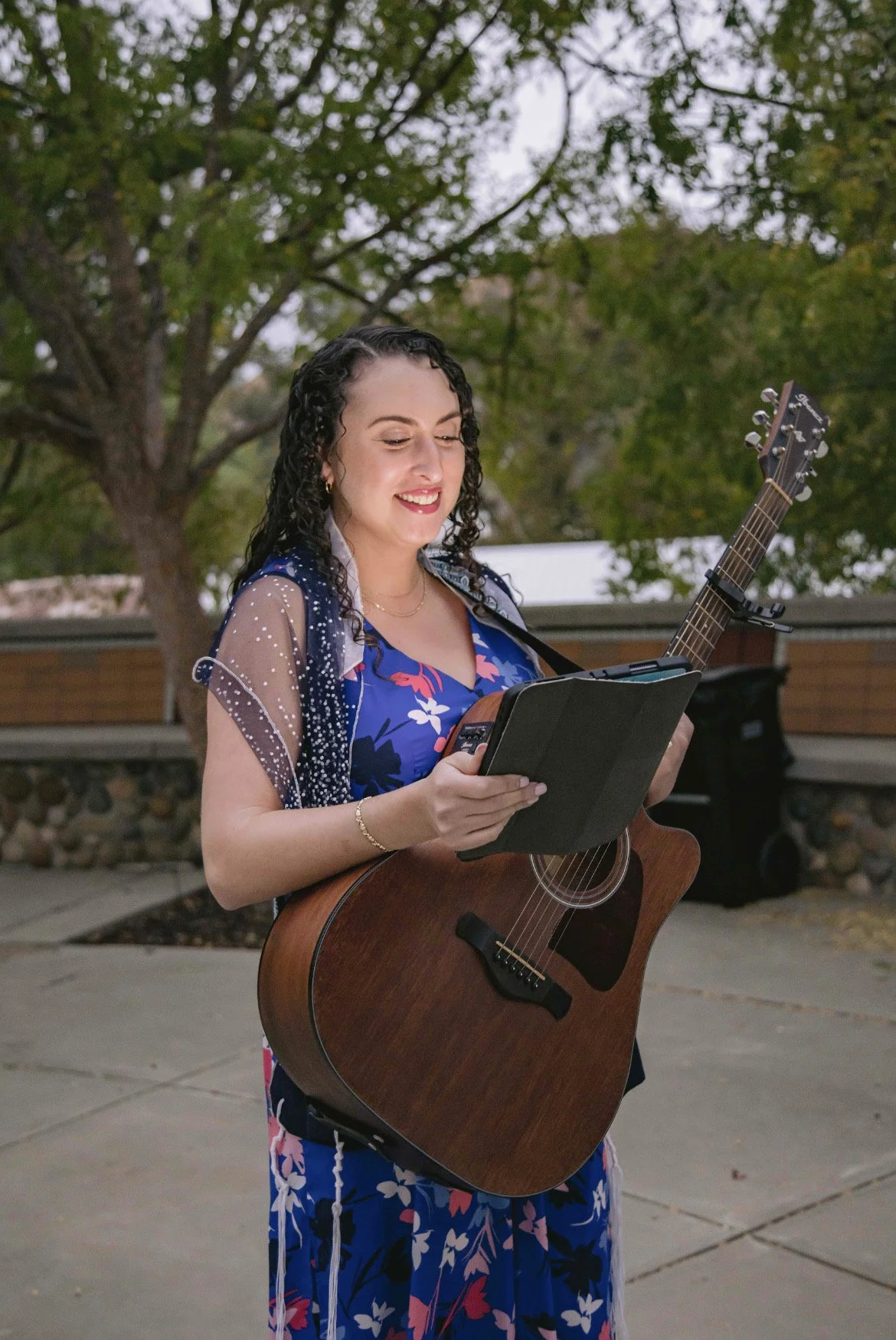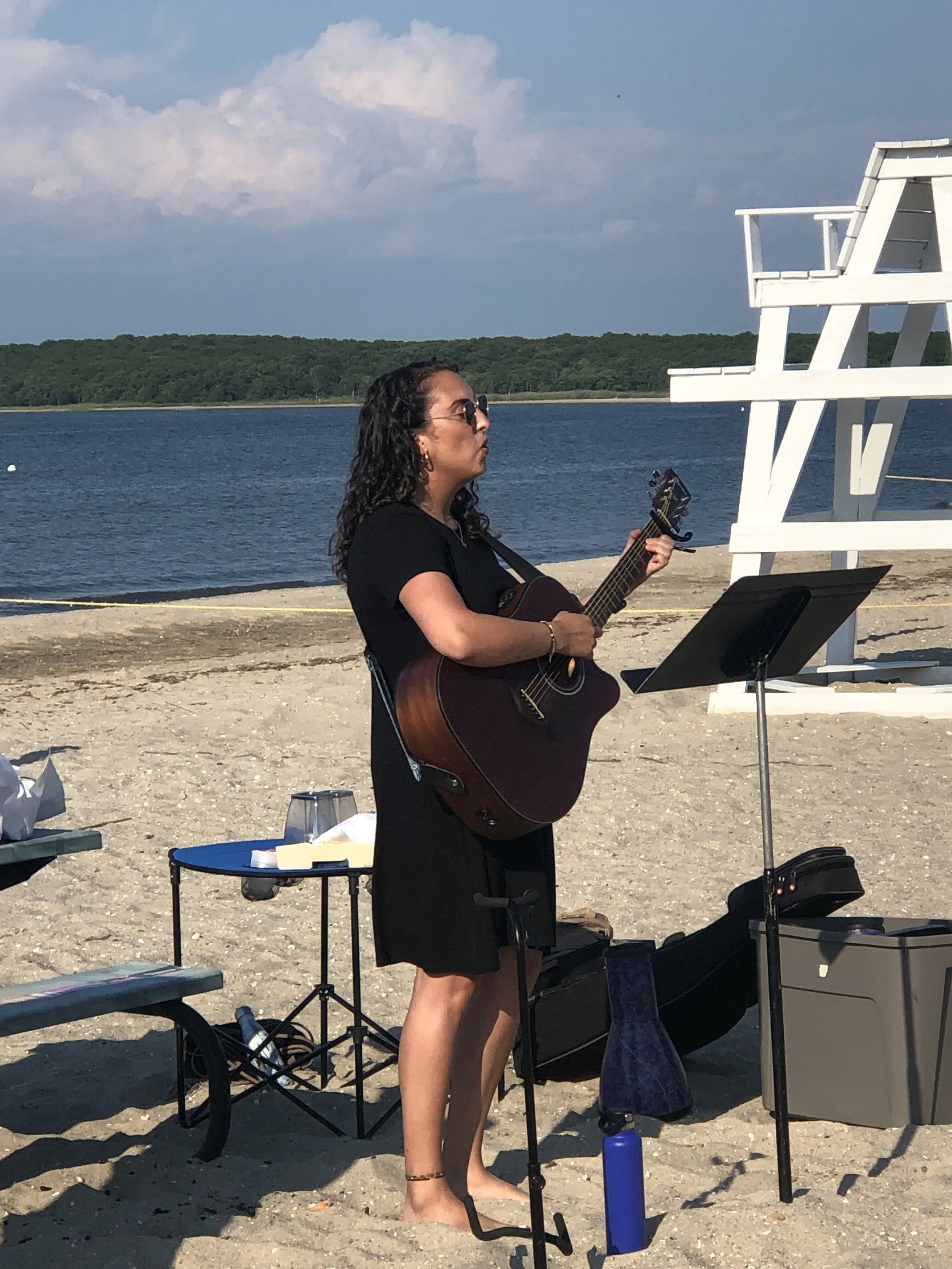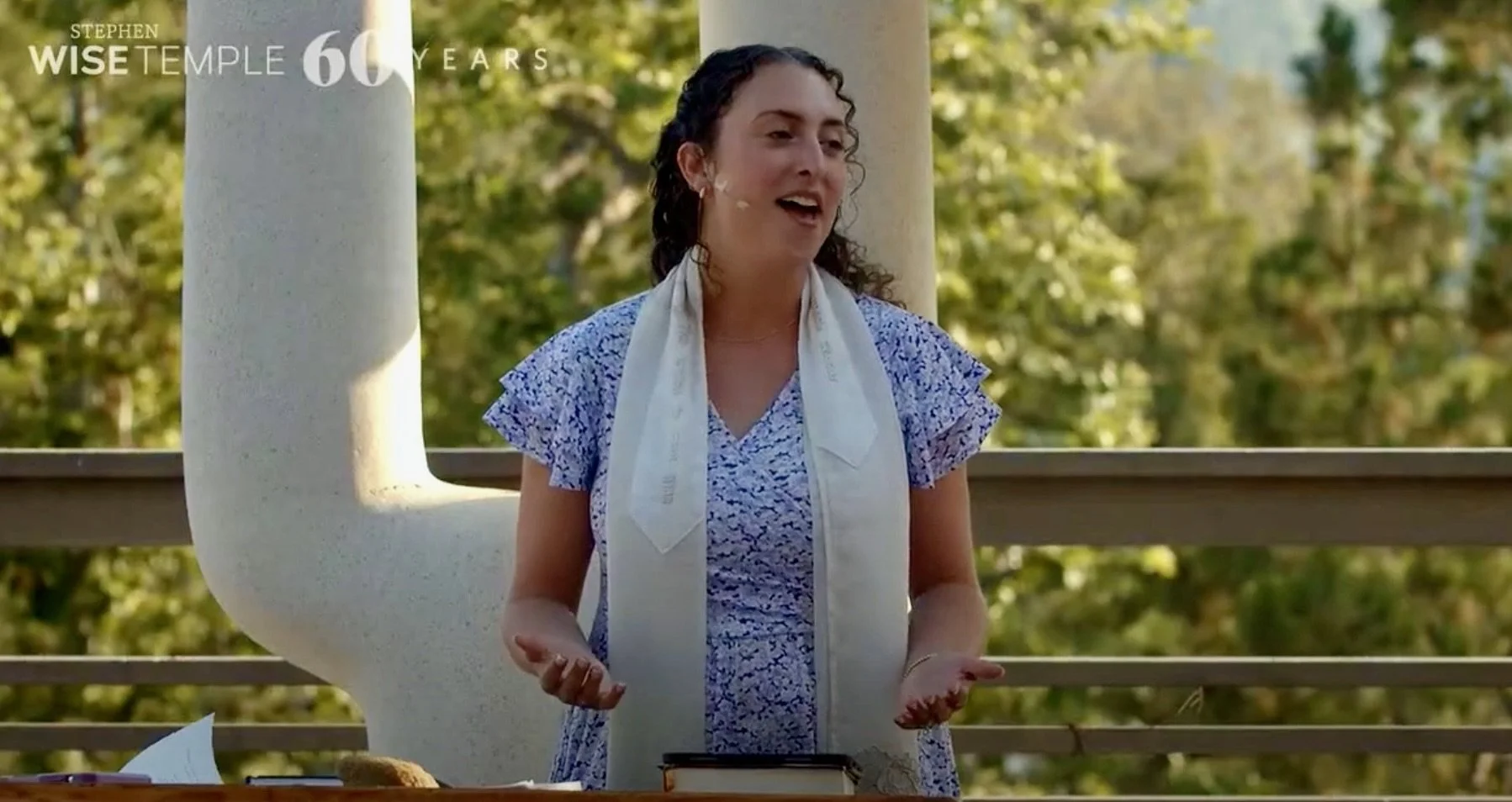Vision Statement
Standing on the bima, a mixture of anticipation and pride swelled within me as I gazed out at a sea of familiar faces. It was the morning of my Bat Mitzvah, the first of many moments that would spark my passion for sacred service. Though I was a shy kid, too hesitant to raise my hand in class, something felt different that day. An unexpected connection surged through me, linking every soul in the room to the words of our shared prayer. I stood there, I felt the gentle weight of my tallit around my shoulders and the worn softness of the siddur in my hands. As I led my family, friends, and congregation in song, I realized I was stepping into something sacred—a calling I had yet to fully comprehend. It wasn’t just about singing; it was about reaching people in a way that fostered belonging.
Years later, during a Birthright trip to Israel, I was asked to lead our group in Kabbalat Shabbat at the Western Wall. No longer that shy kid, I felt the same sense of connection overtake me again as I began teaching a niggun – a wordless melody. The sun dipped low, casting a golden glow over the ancient stones, and as our voices blended together, a sense of unity filled the air. Looking out at my fellow participants against the backdrop of the Old City, I felt the profound power created when music and prayer meet. In that moment, I knew with certainty that I was meant to be a cantor.
For me, being a cantor is about nurturing this sacred space where everyone feels seen, heard, and valued. I strive to create moments where the physical space of the sanctuary dissolves, leaving only the warmth of belonging and the presence of the sacred. Whether in joyous song or solemn prayer, I aim to guide each person toward the kind of connection that I first felt as a young Bat Mitzvah—a connection that is transformative, spiritual, and, above all, profoundly human. In these moments, I am not just a voice leading a service but a vessel through which my congregants feel held, supported, and uplifted. This calling is my deepest passion, and it is my hope that, as a cantor, I can continue to build spaces where music and faith intertwine, filling our community with love, unity, and a sense of home.
This journey took on new meaning for me while working with a passionate, yet apprehensive fourteen-year-old student. Though he thought he’d missed his chance to reach this milestone he was determined. He approached his grandmother with the heartfelt question: "Can I still have a Bar Mitzvah?"
When he shared that he had dyslexia, I was immediately drawn in, recalling my own struggles with the same challenge and the determination it required to succeed. Like me, his enthusiasm never wavered, even as conventional study methods fell short. It was clear we needed to adapt, so we reimagined his preparation—redesigning his service, restructuring tutoring sessions, and crafting a process that worked for him.
Watching his persistence and pride on the bima inspired me profoundly, underscoring the importance of tailoring the experience to each individual. This realization shaped my capstone project, B Mitzvah for All, which embraced the idea that every B Mitzvah should reflect the unique strengths and needs of the student. For some, this meant creative approaches to prayer or using English and hand movements to master Torah trope; for others, it required entirely rethinking traditional methods. As I worked on this project, I reflected on my own journey as both a Bat Mitzvah student and tutor. I kept returning to that moment on the bima where I felt completely at home, and asking myself: How can we make this experience more meaningful? How can we ensure every child feels empowered, connected, and proud on their unique path?
Spirituality is found not just in individual reflection but in the collective heart of a community. The act of singing together transcends words and boundaries, binding us in a shared moment of vulnerability, connection, and trust. When I lead my congregants in prayer, I am reminded that we are not just singing; we are reaching toward something greater—toward one another, toward our heritage, and toward the Divine. Each voice, no matter its pitch or tone, contributes to a collective harmony that is both deeply personal and profoundly communal. There is a quiet power of embracing diversity within ritual and the beauty of our tradition reflects the individuality of its participants. Standing on the bima today, I carry forward the lesson that our community’s strength lies in its tapestry of voices, each adding depth and meaning to our shared faith. When we sing together, I am reminded that every person’s voice contributes to a communal connection that is profound, inclusive, and rooted in love.


